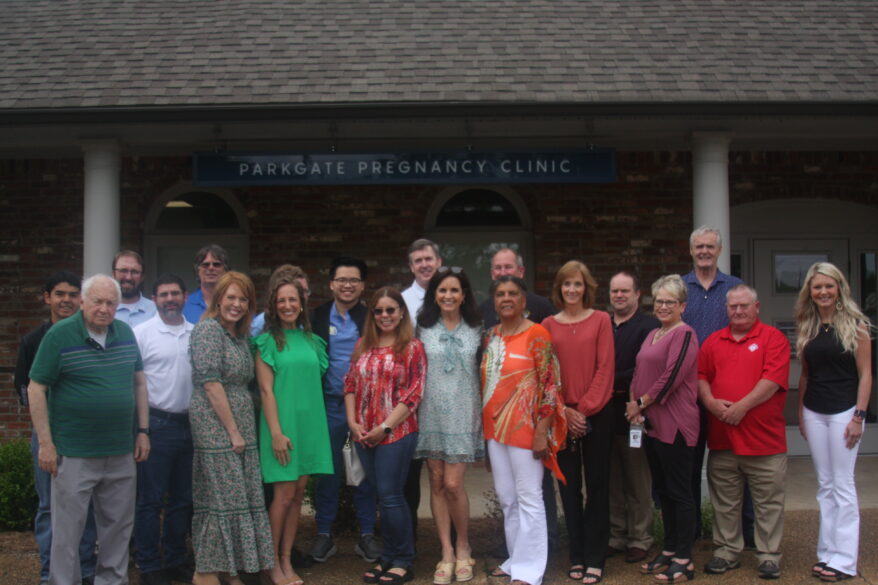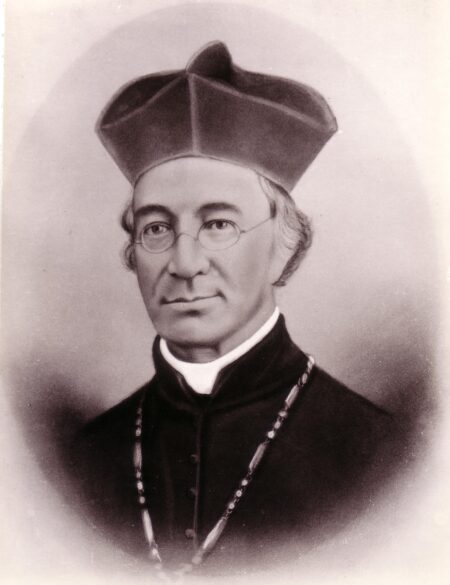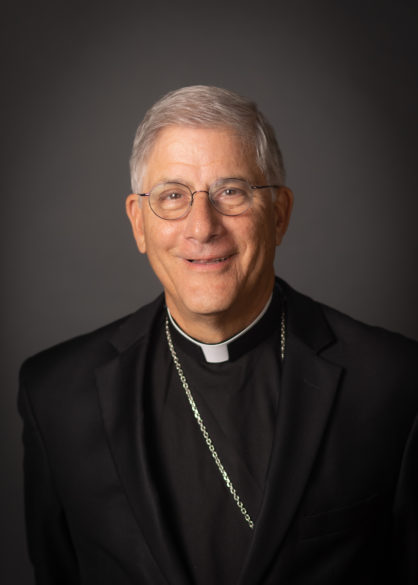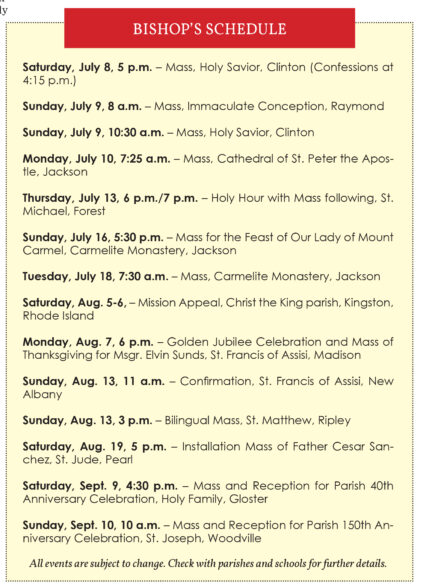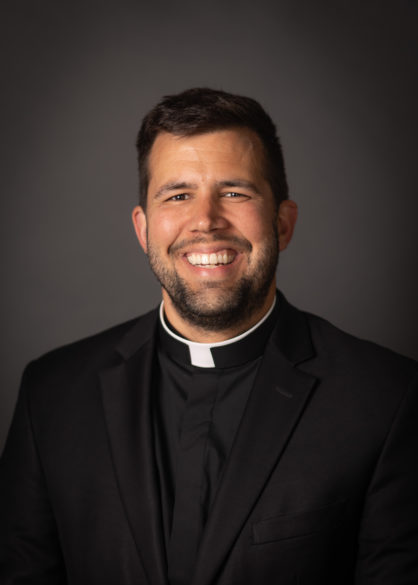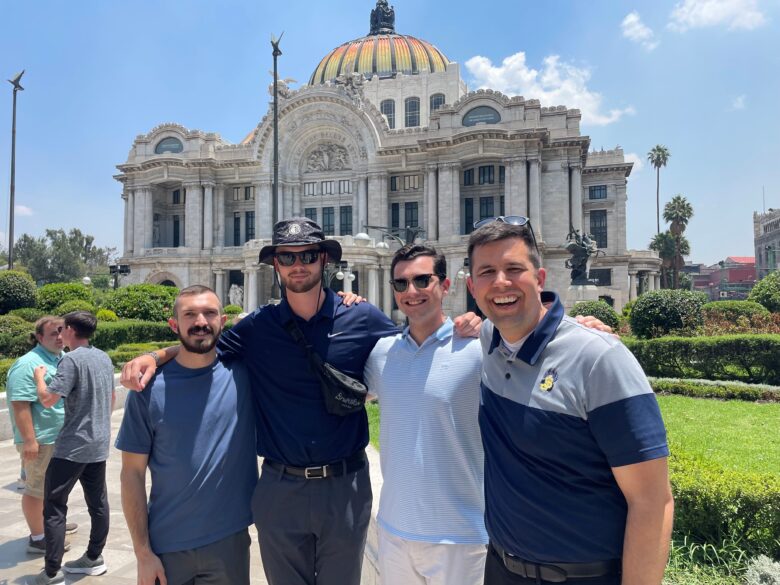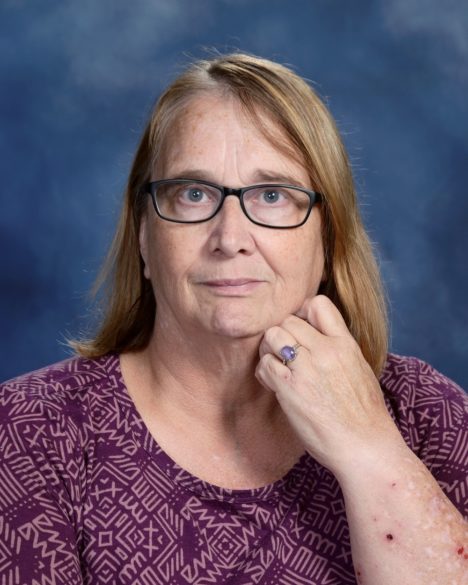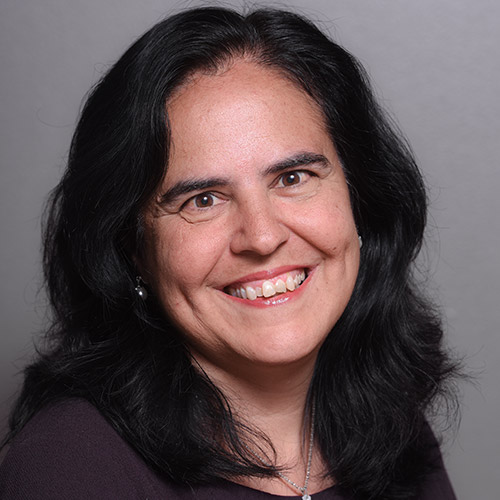IN EXILE
By Father Ron Rolheiser, OMI
Scripture tells us that in this life we have no lasting city. True enough. But, it seems, we also don’t have a lasting house, school, neighborhood, town, zip code address, or most anything else. Eventually nothing lasts.
Perhaps my case isn’t typical, but a lot of things in my life haven’t lasted. My grandparents were immigrants, Russian-Germans, moving to the Canadian prairies and being among the first farmers to break the soil there at the beginning of the 1900s. They were young, so too was life then on the prairies, and their generation planted new farms, schools, towns and cities across the great plains of Canada and the USA. I was born into the second generation of all that – but just as urbanization and other changes were already beginning to cause the disappearance of a lot of what they had built.
So, here’s my story of having no lasting city. The elementary school I went to closed after I’d finished the sixth grade. We were bused to a bigger centralized school and our old school building was carted away. Nothing remains today to indicate there once was a school there. The new school I attended closed several years after I’d graduated. The building itself was razed and today the entire former campus is part of a farmer’s field with only a small plaque to indicate there once was vibrant life there, with hundreds of young voices filling the air with energy. That school was a couple of miles out of a small town and that town itself has now completely disappeared, without a single building left.
I went from high school to an Oblate novitiate house situated in the heart of the Qu’Appelle valley, a beautiful stately building on a lake. Several years after I’d graduated from there, the building was sold and soon afterwards was destroyed in a fire. Only an empty stretch of prairie sits there now. From there, I moved to another seminary, a magnificent old building (formerly the Government House for the Northwest Territories) and spent six wonderful years there. Again, several years after I’d graduated, the building was abandoned, and it too was eventually destroyed by a fire.
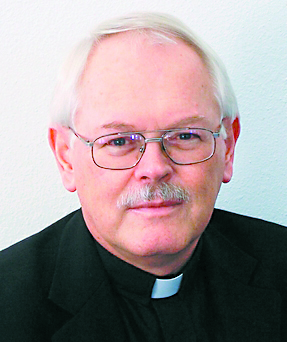
From there I moved to Newman Theological College in Edmonton where I spent the next fifteen years. Newman College had a beautiful campus on the outskirts of the city, but several years after I’d left, the campus was expropriated by the city to build a ring road and all its buildings were razed. From there, I moved to a wonderfully homey building, the Oblate Provincial residence in Saskatoon. Several years later, after I’d moved out, that building too was razed and nothing remains where it once stood. And, while all this was happening, the little town to which our family was connected (for mail, for groceries, for services, for identity) became a ghost town with no inhabitants, all its buildings shuttered.
Eventually, I moved to Oblate School of Theology in Texas to live in a welcoming little house designated for the president of the school. However, after a few years, the land it was on was needed for a new seminary and that house too was razed. Finally, most painful of all, two years ago, our family house, our home for more than 70 years, was sold and the new owners (sensitive enough to ask our family’s permission to do so) burned the old house to the ground.
That’s a lot of roots disappearing: my elementary school, my high school, the town our family was connected to, both seminaries from which I graduated, the college where I first taught, both Oblate houses I’d spent wonderful years within, and the family house – all gone, razed to the ground, nothing left to go back to.
What does that do to you? Well, there’s nostalgia, yes. How I would again love to walk into any of those buildings, feel what they once meant to me and bask in memories. None of that can happen. Each of these is a mini death, leaving a part of my soul rootless. On the other hand, more positively, all that unwanted letting go is helping prepare me for an ultimate letting go, when I will be facing my own death, and not just some haunting nostalgia.
As well, this has taught me something else of substance. Buildings and houses may disappear, but home is not contingent on them. Rene Fumoleau, a poet among the Dene tribes, shares how he once visited a family the day after their house had been destroyed by fire and had this conversation with a young girl:
The next day I visited the burned out family.
What could I say after such a tragedy?
I tried with the ten-year old daughter: ‘Joan, you must feel terrible without home.’
The young girl knew better: ‘Oh, we still have our home,
But we have no house to put on it.” (Home – Here I Sit)
Yes, we can still have a home even without our former house on it.
(Oblate Father Ron Rolheiser is a theologian, teacher and award-winning author. He can be contacted through his website www.ronrolheiser.com.)



